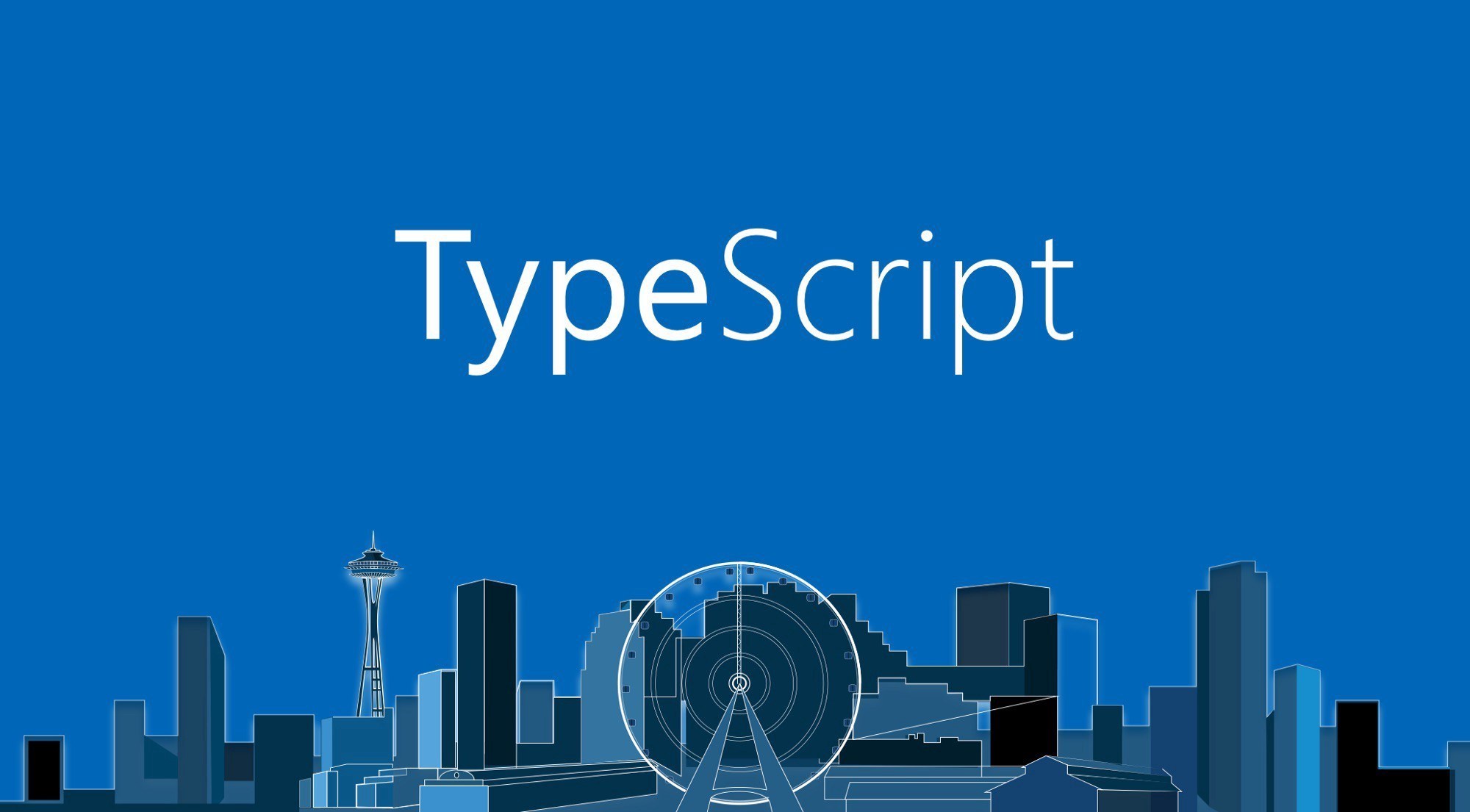Typescript

TypeScript is a programming language introduced by Microsoft in 2012 and positioned as a web application development tool that extends JavaScript
TypeScript is backward compatible with JavaScript and compiles to the latter. In fact, once compiled, a TypeScript program can be run in any modern browser or used in conjunction with the Node.js server platform. The code for the experimental compiler that translates TypeScript to JavaScript is distributed under the Apache license. Its development is carried out in a public repository through the GitHub service.
TypeScript differs from JavaScript in its ability to explicitly statically assign types, support for the use of full-fledged classes (as in traditional object-oriented languages), and support for plugging in modules, which is designed to increase the speed of development, facilitate readability, refactor and reuse code, and help implement search for errors at the development and compilation stages, and, possibly, speed up the execution of programs.
It is planned that, due to full backward compatibility, the adaptation of existing applications to a new programming language can occur in stages, by gradually defining types.
Key Benefits of TypeScript:
- Compiles to normal JS, which can eventually be modified without TypeScript;
- Support for classes, interfaces and normal OOP;
- Strong typing;
- No CallBack Hell thanks to Async/Await;
- The presence of all the new features in JS;
Official website: https://www.typescriptlang.org/